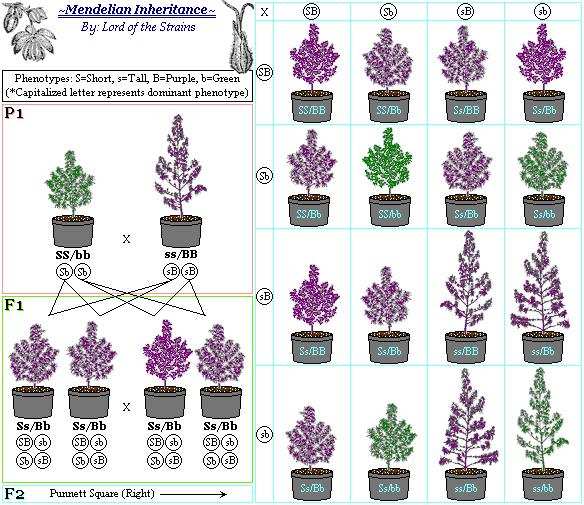rick, I can't see where I used "inbred" as a noun  Maybe it's my English failing but I'm missing the error.
Maybe it's my English failing but I'm missing the error.
And sure, I'm not calling the californians "inbred" (v.tr.) (with very little exceptions, just like everywhere on Earth). On the contrary, I said they are NOT. Please, don't twist my words.
What I said is that according to your definition of inbreeding they ARE inbreeding - they are part of a single population in California and they mate with each other, that's enough for you.
I'm not a biologist of any kind, so I'm not the authority here and I don't want to sound as such. All I do is read and think. And I read on Wikipedia that:
"Inbreeding is the reproduction from the mating of two genetically related parents, which can increase the chances of offspring being affected by recessive or deleterious traits."
Excuse me, but I think the numbers in the population are very important (especially the number of parents that give seed for the next season) for deleterious traits to increase in the offspring (i.e., for inbreeding to occur).
Inbreeding is not breeding of an isolate population! That's just breeding.
In this sense, you are plain wrong with "any single population will inbreed if left to do so,, no matter what the numbers or size,,,,,,its a single population!!"
The number or size does matter!
If landraces were so inbred as you suggest, why would anyone (like charlie at cannabiogen) inbreed them even further? Maybe the landrace seeds he got weren't so consistent (inbred), huh?
Inbreeding in landraces is possible only with strains that are grown in jungles - small patches that hardly exchange pollen with each other. That's why you see hermies and freaks more often in some Thai lines. But inbreeding in the open field landraces like Oaxacan with their thousands and thousands in a single field and the 50-kilo bags of seeds for the next season? C'mon...
I've seen this wrong (at least to me) use of the therm "inbreeding" applied to landraces in quite a few threads here on the forum, and I finally decided to cast my light on it I hope we'll make it all clear and it's not about "my" or "his" POV, but about the plants that we all try to understand better.
I hope we'll make it all clear and it's not about "my" or "his" POV, but about the plants that we all try to understand better.
And sure, I'm not calling the californians "inbred" (v.tr.) (with very little exceptions, just like everywhere on Earth). On the contrary, I said they are NOT. Please, don't twist my words.
What I said is that according to your definition of inbreeding they ARE inbreeding - they are part of a single population in California and they mate with each other, that's enough for you.
I'm not a biologist of any kind, so I'm not the authority here and I don't want to sound as such. All I do is read and think. And I read on Wikipedia that:
"Inbreeding is the reproduction from the mating of two genetically related parents, which can increase the chances of offspring being affected by recessive or deleterious traits."
Excuse me, but I think the numbers in the population are very important (especially the number of parents that give seed for the next season) for deleterious traits to increase in the offspring (i.e., for inbreeding to occur).
Inbreeding is not breeding of an isolate population! That's just breeding.
In this sense, you are plain wrong with "any single population will inbreed if left to do so,, no matter what the numbers or size,,,,,,its a single population!!"
The number or size does matter!
If landraces were so inbred as you suggest, why would anyone (like charlie at cannabiogen) inbreed them even further? Maybe the landrace seeds he got weren't so consistent (inbred), huh?
Inbreeding in landraces is possible only with strains that are grown in jungles - small patches that hardly exchange pollen with each other. That's why you see hermies and freaks more often in some Thai lines. But inbreeding in the open field landraces like Oaxacan with their thousands and thousands in a single field and the 50-kilo bags of seeds for the next season? C'mon...
I've seen this wrong (at least to me) use of the therm "inbreeding" applied to landraces in quite a few threads here on the forum, and I finally decided to cast my light on it




 Good discussion here.
Good discussion here.




